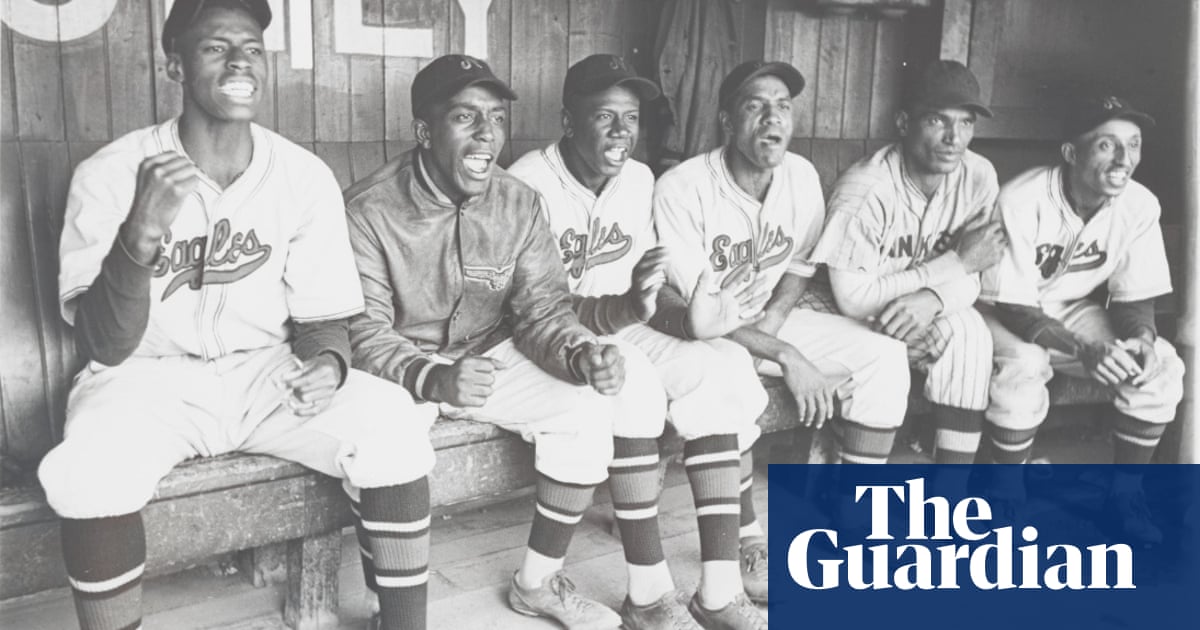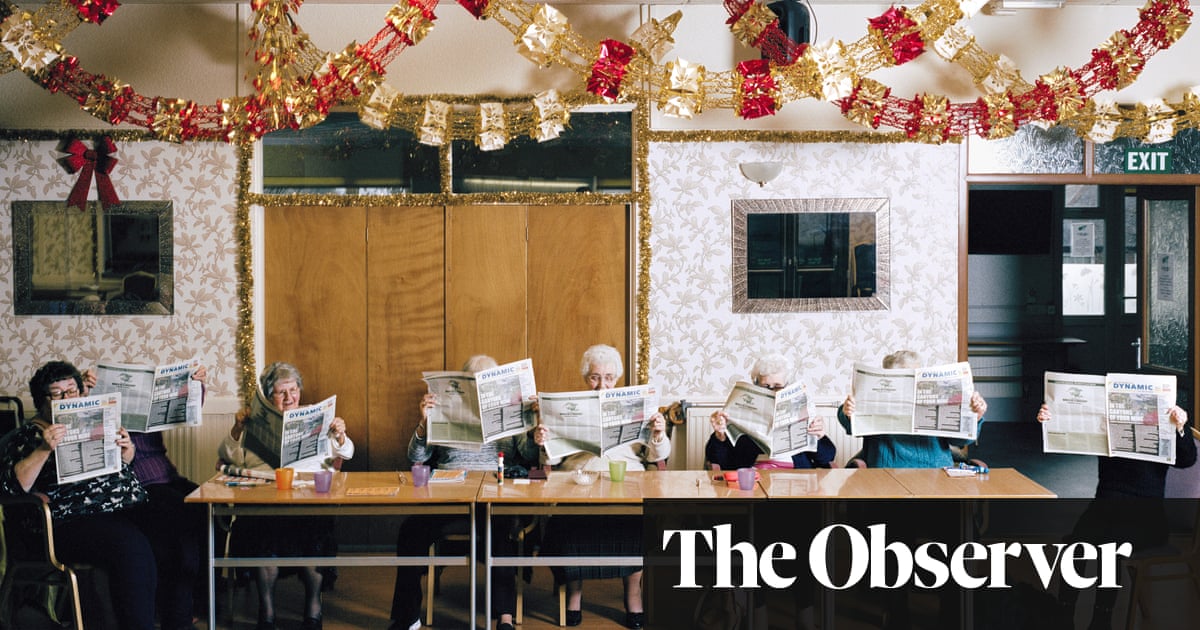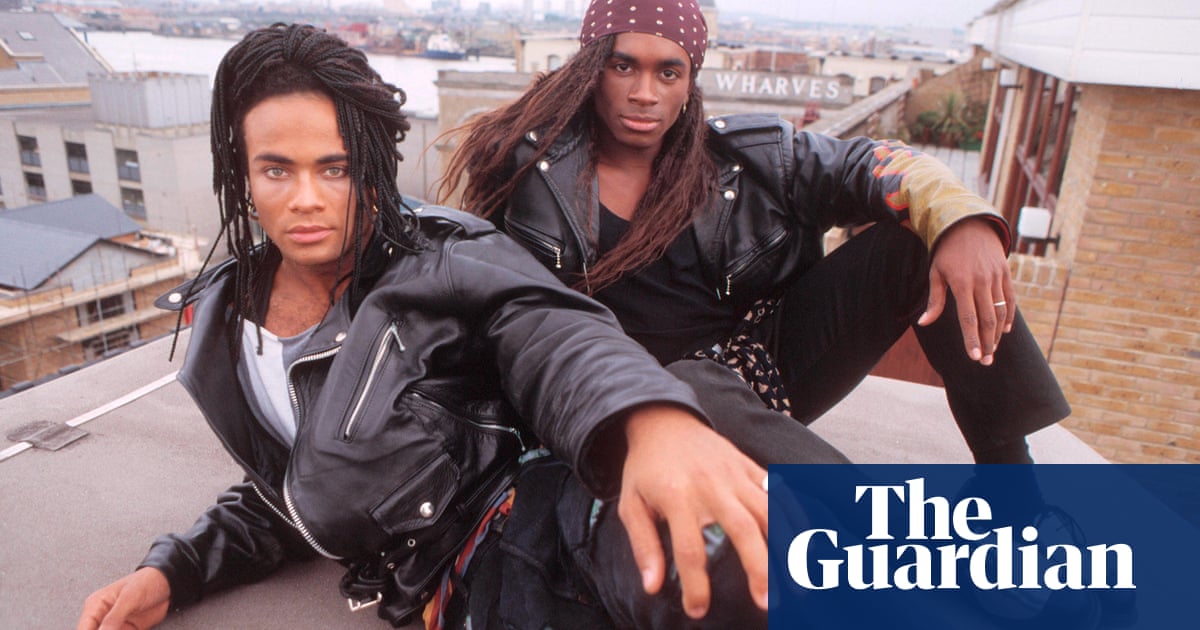
Sam Pollard inherited his love for baseball from his father, a fan of the St Louis Cardinals – Black America’s team in the 1960s. Growing up in New York just made it a long-distance affair. “They had some phenomenal players,” Pollard recalls to the Guardian. “Lou Brock, Curt Flood, Bob Gibson, Bill White. And then when I got to be 14, 15 years old, I really wanted to understand their lineage. Where did they come from?”
Decades later, the director retraces that Black baseball genealogy in The League – a new Questlove-produced documentary on the rise, fall and last impact of the Negro Leagues, the professional baseball association that sprang up in the long shadow of Jim Crow. It’s a history famously touched on in Ken Burns’s seminal docuseries Baseball. But in The League, the B-story becomes the main thread.
Drawing from file footage and archived player interviews, the 103-minute film unpacks the “gentlemen’s agreement” struck among white major league owners at the turn of the 20th century to keep America’s pastime white, while celebrating the Black visionaries who nonetheless formed teams and leagues and found financial symbiosis in segregation. By the 1940s, baseball was the third largest economic institution in Black communities, the League notes. “And the teams thrived because Black people had their own stores, their own restaurants, their own means of entertainment. All that money was circulating within the community,” says Pollard. “That’s a story that didn’t used to be told.”
Which is to say: the story of the Negro Leagues is one oft told through the personal journeys of Satchel Paige (the first Negro Leaguer to pitch in a World Series), Buck O’Neil (MLB’s first African American coach) and other change agents. Best known of course is Jackie Robinson, the exceptional case who gave Black newspapermen like the Chicago Defender’s Wendell Smith reason to make the case for a wider desegregation movement. The League foregrounds these established heroes and lesser known legends like Rube Foster (the wily player-manager behind the Negro National League), Effa Manley (the shrewd businesswoman who built the Negro League’s Newark Eagles into a championship outfit) and the umpire Bob Motley – whose son, Byron, first nudged Pollard about this project as the director was immersed in docs on Martin Luther King and Tiger Woods.
At that time, around 2017 or so, Pollard found his love for baseball plunging right as Black representation in the major leagues had cratered. While some of that decline traces to Black athletes gravitating to get-rich-quicker sports like football and basketball, it’s also the byproduct of a competition culture that discourages individuality and flare – a tradition that now has put Major League Baseball in the desperate position of rubber-stamping rules amendments intended to make the game faster and more exciting.
Watching The League’s black-and-white highlights of Black players executing double-base steals, turning flashy double plays and otherwise exciting the crowd, it’s hard not to imagine what baseball could have been if a Black sensibility had taken root and blossomed as it has in the NBA. “The Negro Leagues brought an acrobatic skill and finesse to the diamond,” says Pollard, noting how that approach to the game somewhat lives on through the White Sox slugger Tim Anderson, Angels one-man wonder Shohei Ohtani and other modern superstars.
As much as today’s household names owe their careers to Black pros who played multiple games a day while barnstorming the country and slept in their clubhouses when white-owned fleabag motels turned them away, the League makes the case that there was far more to gain from Robinson sticking with the Kansas City Monarchs. His crossover into the mainstream with the Brooklyn Dodgers at the end of the second world war was a double whammy for the Negro Leagues, one that turned their balance sheets red as major league owners cherrypicked from their biggest draws without having the professional courtesy to buy out their existing contracts.
As Manley tells it, only the Cleveland Indians’ Bill Veeck had the decency to approach her about purchasing the contract for the Newark star Larry Doby, the second man across baseball’s color line. And even then Veeck was offering cents on the dollar. It wasn’t great for Robinson’s health, either. In one archival interview in the doc, he says his doctor urged him to give up the game, fearing the pressure and racist invective he endured in and outside the lines might trigger a nervous breakdown. By age 53, he was dead from a heart attack.
Had Negro League teams been duly compensated, they might have survived the talent drain a few years longer. Had everyone held the line, though, they might have forced a wholesale merger with Major League Baseball similar to the one the American Football League forced with the NFL by 1970. Instead, they withered into a Harlem Globetrotters-esque sideshow before dying off entirely by the 1980s. As integration prompted Black professionals in other industries to desert the city centers they were forced into, those once thriving communities became ripe targets for urban renewal. Even Smith’s Black press wound up a casualty of the very changes it was once so desperate to see.
Over the past few decades Major League Baseball has paid respect to the legacy of the Negro Leagues, retiring Robinson’s number across the board while outfitting current teams in throwback livery. But there’s always something about those tributes that feels smug, like a batter mashing a home run and slow-trotting around the bases to really milk the pitcher’s humiliation. “Your logic in the way you describe this is exactly right,” Pollard says. “It’s like, ‘We won the war. We’re gonna give you a little bit of a break.’ That’s sorta my feeling too.”
The story of the Negro Leagues is undeniably bittersweet, but The League brings valuable lessons at a time when Las Vegas bookmakers and Saudi investment are threatening another seismic shift in American sports culture. For baseball fans who have drifted from the game in recent years (ahem), the film is as good a reason as any to reinvest. The director is taking his rekindled fandom bird by bird. “As soon as the Orioles get back to town, I’m going to a game,” says Pollard, a Baltimore resident now. “I started going to games again because Camden Yards is right next to me, and it’s a great stadium. The Negro Leagues got me back in it.”
The League is out in US cinemas on 7 July and available to rent digitally on 14 July with a UK date to be announced












